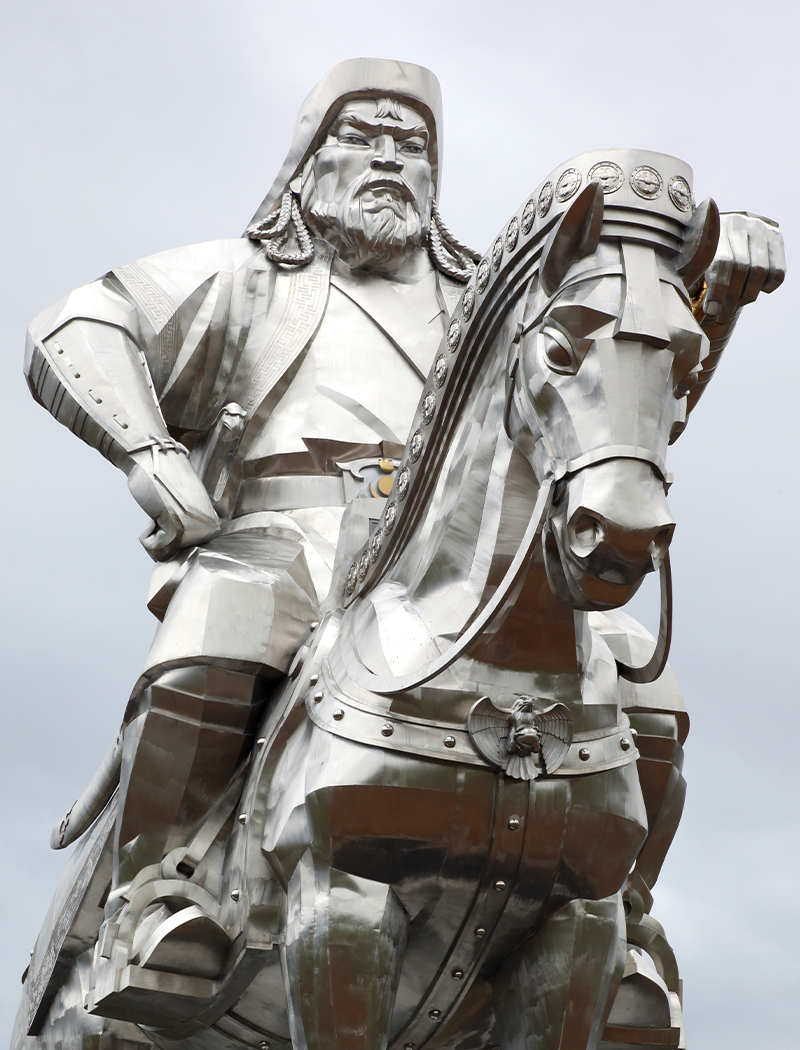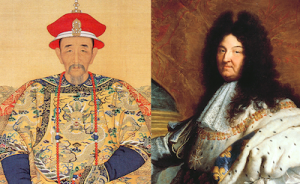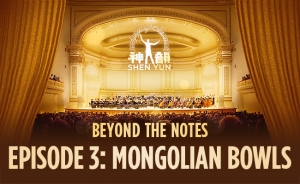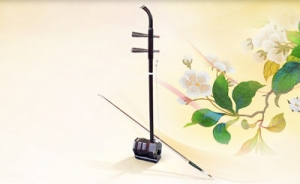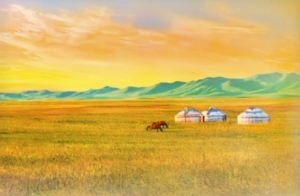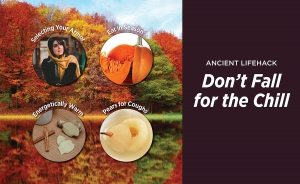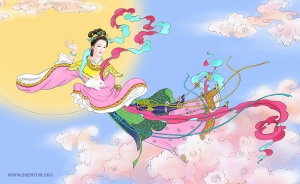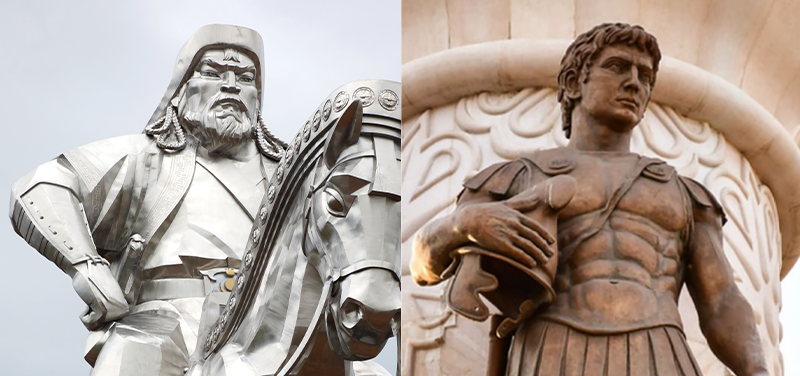
Figuras históricas com trajetórias similares 6/10: Genghis Khan e Alexandre, o Grande
Nesta série, examinamos figuras históricas do passado da China que têm paralelos ocidentais intrigantes.
No meio da poderosa corrente da história, poucos heróis no Oriente e no Ocidente se destacaram como Genghis Khan e Alexandre, o Grande.
Alexandre (356 a.C. – 323 a.C.) e o primeiro Grande Khan (1162–1227) tinham uma atração pela conquista do mundo. E os dois eram muito bons nisso. Para além do seu sucesso no campo de batalha e na construção de impérios, eles também compartilhavam valores e ambições, uma conexão com seus respetivos deuses e um interesse por novos conhecimentos e difusão cultural.
Iniciando com a sua primeira vitória aos 18 anos, Alexandre nunca perdeu uma batalha. Através de suas conquistas, seu império se tornou o maior que o mundo já conheceu — abrangendo mais de dois milhões de milhas quadradas que iam desde o Mar Adriático ao noroeste da Índia. Seu objetivo, no entanto, era alcançar os “confins do mundo e o Grande Mar Exterior”.
Alexandre foi um líder ousado e carismático que lutou entre os seus homens, liderando-os pessoalmente em batalhas decisivas. Ele tomou o mítico Aquiles, o maior guerreiro grego de todos os tempos, como seu modelo. E ele considerava Zeus, o rei dos deuses do Olimpo, seu pai. Durante os 13 anos de seu reinado, Alexandre alcançou vários títulos invejáveis, incluindo o de Rei da Macedônia, Hegemon da Liga Helênica, Faraó do Egito, Xá da Pérsia e Senhor da Ásia.
Alexandre desdenhava o hedonismo e perseguia a honra e o autodomínio. Ele não se entregava aos prazeres da comida (apenas vinho) e era generoso em recompensar seus homens por suas realizações.
Curiosamente, o primeiro tutor de Alexandre foi Aristóteles. Aristóteles infundiu uma visão filosófica no jovem príncipe, ensinando-lhe retórica, geometria e astronomia. Ele também apresentou a Alexandre a poesia e a medicina homérica, que se tornaram seus interesses para toda a vida. Aprendiz entusiasta e leitor ávido, Alexandre tinha uma equipe de botânicos e zoólogos coletando espécimes da vida selvagem onde quer que fosse, e sempre carregava uma cópia anotada da “Ilíada” em suas campanhas. Na verdade, um de seus maiores legados é a disseminação da cultura grega pelo mundo antigo.
Quanto a Genghis Khan, ele parece uma reencarnação de Alexandre. Genghis Khan foi o fundador do império mongol — daí a imponente estátua dele a cavalo de 131 pés com vista para a moderna Ulaanbaatar. Ele também era um líder carismático com grande destreza no campo de batalha. Quando jovem, ele foi traído por um irmão jurado; mas depois dessa derrota ele também nunca perdeu uma batalha.
Com um exército de elite de arqueiros montados, Genghis Khan uniu as tribos nômades em guerra ao seu redor e conquistou grande parte da China e da Ásia Central para formar o maior império da história. Seu avanço no território chinês abriu caminho para seu neto Kublai Khan estabelecer a Dinastia Yuan em 1279.
Diz a lenda que Genghis Khan nasceu segurando um coágulo de sangue em seu punho. Quando ele se tornou governante (Khan), um chefe xamã o declarou representante do deus supremo dos mongóis. E Genghis viu isso como seu destino de conquistar o mundo para esse deus.
“Eu sou o castigo de Deus. Se vocês não tivessem cometido grandes pecados, Deus não teria enviado uma punição como a minha sobre vocês”, disse ele.
Apesar disso, Genghis geralmente dava às cidades a oportunidade de se submeterem pacificamente, em vez de enfrentarem a aniquilação completa.
Genghis Khan era um gênio militar e também um líder astuto em questões civis. Além de nomear alguns oficiais mongóis como supervisores, o Khan permitiu que os cidadãos conquistados continuassem com suas vidas como antes.
Ele estabeleceu e promoveu rotas postais e comerciais internacionais. Ele ordenou o estabelecimento de um sistema de escrita para seu povo. E ele nunca parou de aprender com as pessoas que encontrou. Ele escolhia os especialistas - grandes estudiosos, generais, artesãos — dos povos conquistados e sempre trazia tradutores em suas campanhas para esse fim.
Ele considerava a riqueza excessiva uma fraqueza e compartilhou os espólios da guerra com seus homens. Ele proibiu o sequestro ou venda de mulheres. E no século XIII, ele estava bem à frente de seu tempo em suas políticas de tolerância religiosa. Como tal, ele ajudou muitas culturas a se espalharem pela Eurásia.
* * *
Alexandre e Genghis Khan não foram os únicos dois líderes parecidos, mas desde a sua conexão com deuses mitológicos até à sua sede de conhecimento e o papel que desempenharam na disseminação da cultura — eles compartilharam muitas semelhanças misteriosas. No final, o Faraó grego e o seu equivalente Mongol ficaram aquém de suas ambições de conquistar o mundo inteiro. Mas eles certamente conseguiram influenciá-lo.

Figuras históricas com trajetórias similares 6/10: Genghis Khan e Alexandre, o Grande



